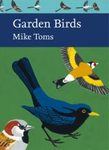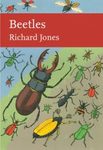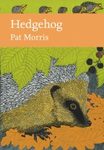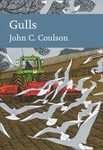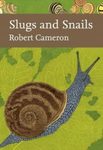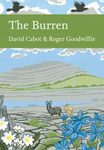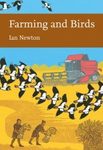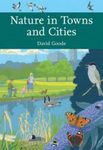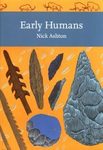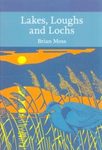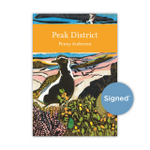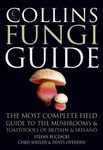![Marches Marches]()
Click to have a closer look
About this book
Biography
Related titles
About this book
A complete natural history and the first large-scale survey of this unique part of the country. This edition is produced from an original copy by William Collins.
The borderland between England and Wales has long been a region of contention. Its distinctive geography, wedged roughly between Welsh mountains and English river beds has not only isolated this rural, sparsely-populated slice of land, but created a unique identity.
Stretching along the bordering counties with England Cheshire, Shropshire and Herefordshire the Welsh Marches are made up of a mixture of mountains and moorlands, farms and wooded river valleys. The natural history of the region is like most parts of the British Isles inextricably linked to the activities of man across many thousands of years.
Andrew Allott brings together a wealth of material in the latest New Naturalist volume, much of which is published here for the first time. Presenting the first large-scale survey of this unique part of the country, he offers a complete natural history of the area, covering the hills, fossils, ice ages, meres, mosses, forests, streams and rivers, whilst also focusing on man's impact on the region, the changing wildlife, the impact of agriculture and the consequences of past and present industrial action.
Customer Reviews
Biography
Andrew Allott studied botany at Pembroke College, Oxford and is currently Head of Biology at Shrewsbury School (Charles Darwin's former school). He has written a biology textbook for OUP, published in 2001. He lives in Shropshire and has an active interest in ecology
Monograph
Out of Print
By: Andrew Allott(Author)
448 pages, 200 colour photos
"Highly informative […] an essential guide for the budding naturalist."
– South Wales Argus
Customer review
Magnificent Marches
by S. W. Mott in the United Kingdom (28/09/2011)
"In the early 1980s, I lived and worked in Gloucester and undertook numerous outings to the Welsh Marches to walk and watch wildlife. So Andrew Allott's book Marches has been eagerly awaited. It is a superb, masterly addition to the NN series.
Here we have a comprehensive account of the region, which is meticulously researched and thoughtfully detailed. The text includes examples to illustrate the wider context and the themes of the chapters. Mr Allott makes very good use of local sources and resources for much of these, such as the charming reference to the work done by a local Primary School (p. 75) and other local people, communities and wildlife groups. This is absolutely the right approach as it embeds the book in the region it describes.
The book is well structured; the first chapter invites us to take a "tour" of the region's main, distinctive topographical areas which serve as a scaffold for the following chapters, whose themes take the unique and chararcteristic features of the Border landscape arising within the topographical areas.
Mr. Allott writes in an interesting and flowing style. It is well structured. His attention to detail is woven seamlessly into the overview, the carefully chosen examples serve as fascinating insights into the natural history of the region.
The chapters cover the expected themes but include up-to-date analysis ands review of nature conservation, farming, land-use changes and local development and management, and outlining lessons learned and issues for the future. I found myself thinking that the lessons learned in the Marches region could well be applied elsewhere too!
My only niggles are in the editing of the book. In trying to fit some of the Figures on to one page renders some of the detail too small to read, (make it almost meaningless) or makes the use of colour coding difficult to differentiate. There are inconsistencies too – why can Figs. 16 or 104 for example be provided with a colour key, yet Figs. 81 and 82 are not? For the latter, the reader has to wade through text which explains the colour.
On p. 41 we have an ambiguous paragraph which, on first reading, makes it seem that a new set of semi-natural squatters have returned to the Clee Hills. I suspect that the word "vegetation" has been omitted after the word "semi-natural"! Perhaps trying to publish 3 NN titles a year is having a negative effect on the editing.
These small niggles do not detract very much from this magnificent account of the varied, rich and very distinctive natural history of the Marches. To try to shoe-horn this into any descriptive framework is a challenge and one in which Mr. Allott has succeeded – and succeeded triumphantly."














